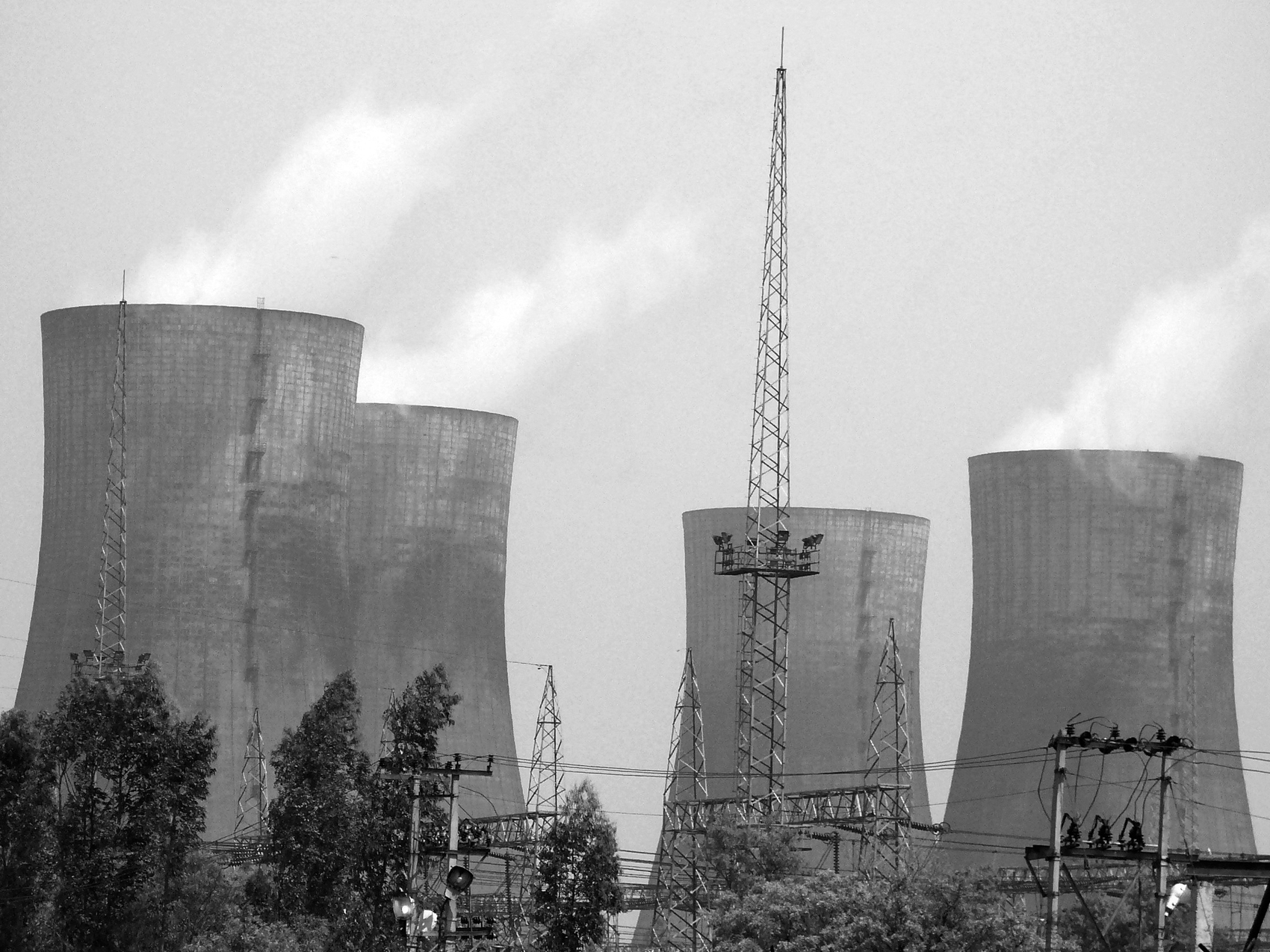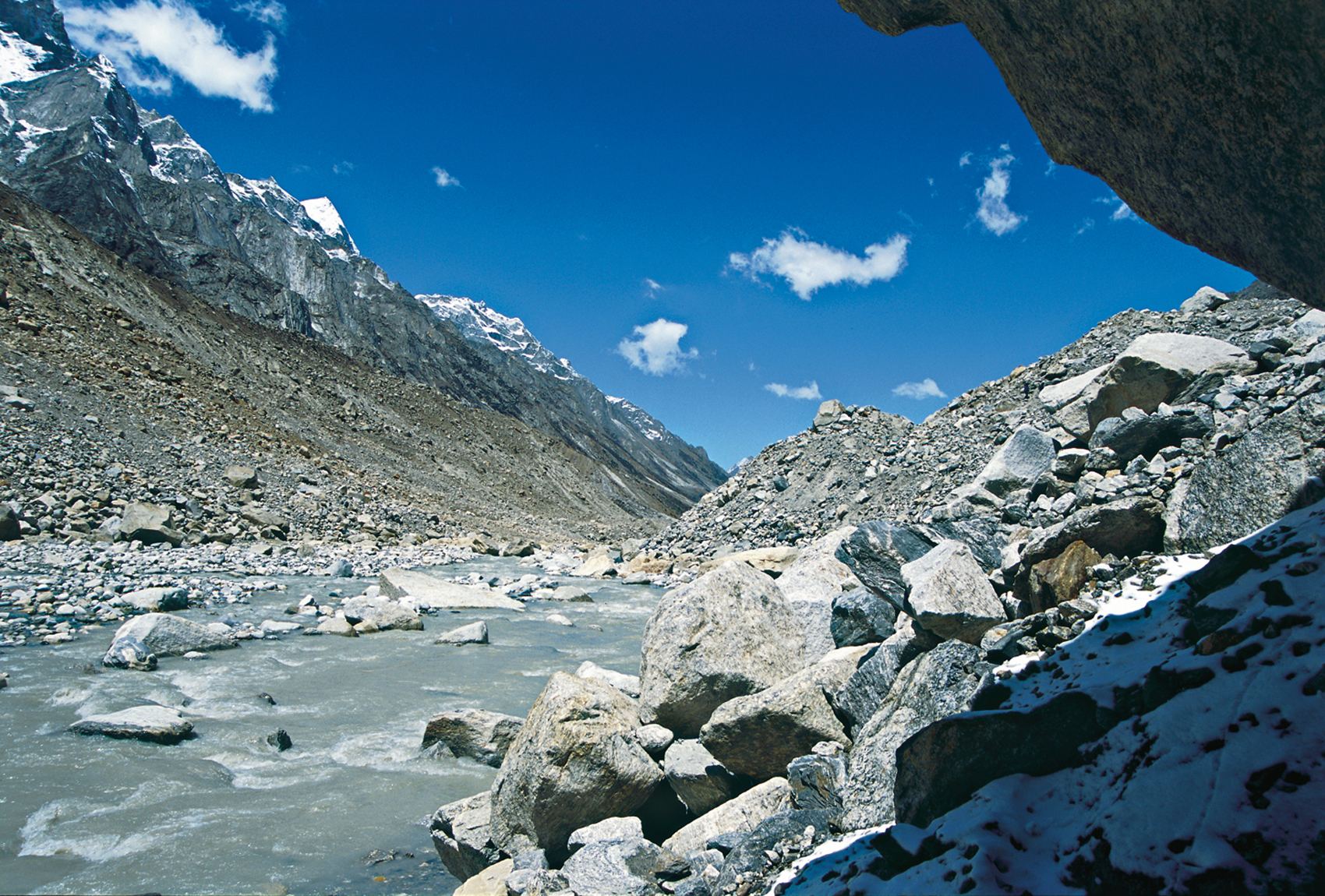National (In?)Action Plan On Climate Change
First published in Sanctuary Asia,
Vol. 28
No. 8,
August 2008
Normally missing the bus is not such a major problem, because you can always catch the next one. In the case of the ‘climate change bus’ that India seems to have missed, that might not be possible, writes Bittu Sahgal, Editor, Sanctuary magazine.
Rather than lead by example, India has chosen to follow the herd of carbon culprits. But then we knew this would happen because the Prime Minister’s Office is stocked to the gills with economists schooled in the World Bank model of development and these are the very people, across the globe, who are responsible for policies that led to climate change in the first place.
It wasn’t just Indians. The whole world waited with bated breath for India’s official position on climate change, which was made public on June 30, 2008. What emerged was a tepid document that offered too little, too late. And because the document never went through a credible peer-review process, it was destined to spawn controversy.
To the credit of those who drafted the document, the National Action Plan on Climate Change (NAPCC) does sound sincere (see box). This is thanks to the well-practiced art of government-speak which, bureaucrats say, allows them to say what the public wants, yet do what they please. I have served on government expert committees for almost two decades and know how bureaucrats and politicians unite to fashion justifications for pre-determined agendas: in this case, not to allow climate change to deflect them from plans written years before climate change was a dark cloud on India’s development horizon – mine more coal and minerals, build more thermal plants and nuclear reactors and construct large dams in the Himalaya.
Not surprisingly, the dire warnings contained in the Intergovernmental Panel on Climate Change (IPCC) report have been further watered down in the action plan. To better understand this dangerous process, consider the words of Dr. Manmohan Singh on the issue of glacial melt in the Himalaya, which affects 1.4 billion people: “Our food security comes largely from irrigated areas of Punjab, Haryana and Uttar Pradesh whose rivers are fed by glacier melting in the Himalaya.”

If the nuclear power option, currently mired in political controversy and bitterness, is put under the economic scanner, India would be forced to abandon the mirage of carbon-free nuclear energy. The need of the hour is to reduce our dependence on coal and oil and work on developing non-nuclear, zero-carbon energy sources.
Photo:Nila Pandian
The Prime Minister sounds like he understands the situation and one might be forgiven for presuming that his action plan would commit India to tackling the root cause of glacial melt – the accumulation of carbon dioxide in the atmosphere. No such luck. He goes on to say: “There is a gap in our understanding of the Himalayas and we need to build a knowledge-based partnership of affected countries to manage and develop the Himalayan region.”
In other words, the “action” part of the plan involves “more study,” possibly for years, even though scientific evidence already overwhelmingly demonstrates that to counter glacial melt, the world must collectively reduce carbon emissions. Any doubt about the listlessness of the government on this issue is laid to rest by the NAPCC’s stated position. “The available monitoring data on Himalayan glaciers indicates that while recession of some glaciers has occurred in some Himalayan regions in recent years, the trend is not consistent across the entire mountain chain. It is, accordingly, too early to establish long-term trends, or their causation, in respect of which there are several hypotheses.”
In plain English, our government believes that glacial melt may actually not have anything to do with climate change.
Little wonder then that the government plans to continue its subsidies for oil and coal and that it is determined to sink stupendous sums of money into high dams in the Himalaya (Rs. 3,00,000 crores), even though there may not be enough water to turn the turbines by the time the last dam is built.
The NAPCC is peppered with phrases like “adopt best practices,” “adopt appropriate land use planning,” “promote sustainable tourism,” but nowhere are these practices prescribed. And on the NAPCC’s take on the ‘Greening of India’, here is what Pavan Sukhdev, Director of the Green Accounting for Indian States Project, has to say: “The Action Plan fails to recognise that conservation of existing forest cover is crucial for the success of both the government’s Water Mission and the Mission for a Green India. Forest conservation should not be seen as just a mitigation strategy, it is the very lifeblood of poor communities.”
Ominously, the NAPCC states that it will rely on: “Training on silvicultural practices for fast-growing and climate-hardy tree species.” This is borrowed from one of the world’s most discredited projects, the Tropical Forestry Action Programme, fronted by the World Bank in the 1980s and subsequently abandoned because it ended up destroying natural forests and replacing them with quick-growing commercial trees, including eucalyptus and tropical pine.
Many more infirmities in the plan exist. If the nuclear power option, currently mired in political controversy and bitterness, is put under the economic scanner, India would be forced to abandon the mirage of carbon-free nuclear energy because from cradle to grave, the process results in very significant carbon emissions: when uranium is mined, when waste is stored, and when nuclear plants and support systems are built.
A far better option would be to reduce our dependence on coal and oil, and put the huge subsidies squandered on these options to developing true zero-carbon energy sources, such as wind, solar, thermal, geo-thermal, etc. Justifications for the step-motherly treatment meted out to these options range from shifty accounting practices to justifying dirty power generation by resorting to the age-old strategy of using India’s poor to justify the carbon footprint of rich Indians.

The Himalayan glaciers are retreating at the rate of 30 m. per annum. Yet, the National Action Plan on Climate Change states that it is too early to establish long-term trends about melting glaciers and is determined to sink stupendous sums of money into high dams, even though there may not be enough water to turn the turbines by the time the last dam is built.
Photo:Dr. Anish Andheria
Of course, we must hammer the G8 nations and force them to make deep cuts in their carbon emissions. But carbon cuts should also be demanded from rich Indians. The poor cannot lead better lives if India’s rich continue to strip mine the ecosystems on which the poor depend – forests, grasslands, wetlands, coasts and mountains. What’s more, if we allow this, none of the tasks assigned to the many missions by the Prime Minister have any hope of success.
In India, Task Forces and Action Plans are produced on virtual assembly lines that lead straight to office filing cabinets. I suspect this one will be no different. That’s what worries me: climate change is being treated like any other problem – poverty, transport, energy, food production. This is a grave error and Malini Mehra of the Centre for Social Markets puts it well when she says: “Climate change is too important to be left up to the government. The NAPCC has been written by bureaucrats, not visionaries. If we are to rise to the challenge of climate change and make our collective future a secure one, we will have to show vision and leadership. We have more than a billion good reasons for doing so.”
CLIMATE CHANGE ACTION PLAN HIGHLIGHTS
l The plan will be implemented through eight missions for achieving key goals in the context of climate change. These include increased share of solar energy, implementing energy efficiency measures, encouraging sustainable habitats, effective water resource management, safeguarding Himalayan glaciers and mountain ecosystems, enhancing ecosystem services, working to make agriculture more resilient to climate change and setting up a Strategic Knowledge Mission for focussed research in the area.
lIndia will engage actively in multilateral negotiations in the UN Framework Convention on Climate Change (UNFCC) in a “positive, constructive and forward-looking manner.”
lIndia to continue to push for a more equitable global climate pact, demanding mandatory and greater emission cuts by developed nations.
l Does not set target reduction of greenhouse gas emissions and states instead that India’s per capita greenhouse gas emissions will “at no point exceed that of developed countries.”



